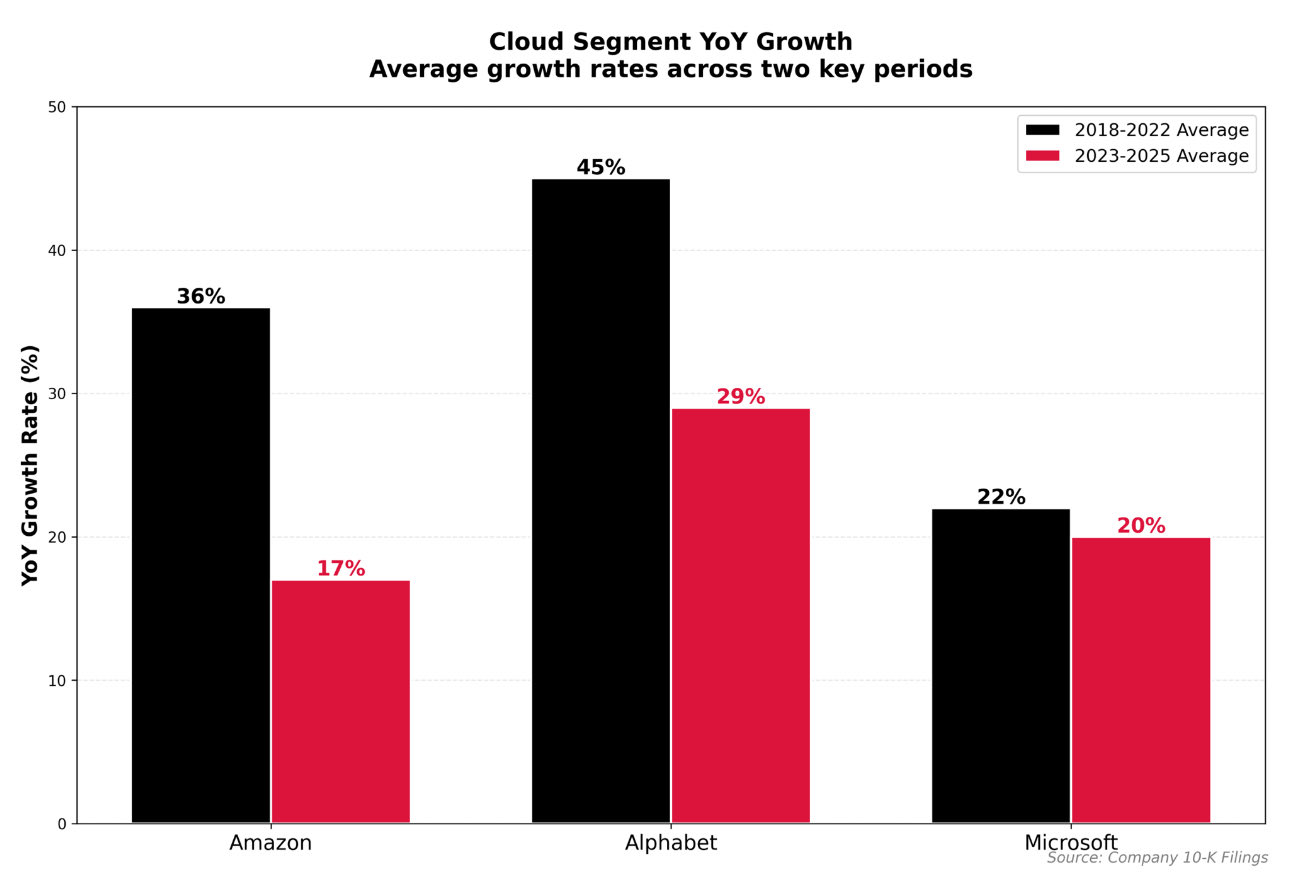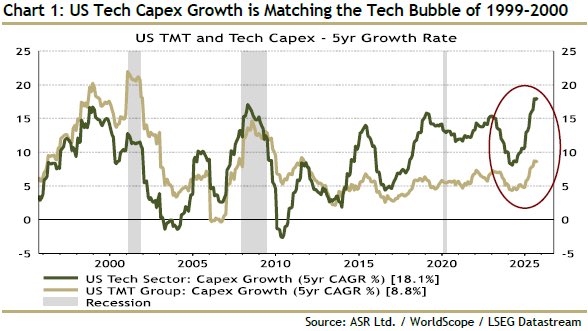The investing world is once again paying close attention to Michael Burry, the legendary investor who famously predicted and profited from the 2008 housing market collapse. His latest portfolio moves, revealed through his quarterly 13F filing, have sent shockwaves through financial markets and raised serious questions about the sustainability of the current AI-driven stock market rally.
With approximately $1.1 billion bet against two of the market’s most prominent artificial intelligence stocks, Burry appears to be sounding the alarm on what he may view as the next major market bubble.

1. The Investor Who Saw It Coming
Michael Burry earned his place in financial history through his prescient call on the subprime mortgage crisis. As the founder of Scion Capital, he was one of the first investors to recognize the systemic problems in the housing market.
He took massive short positions against mortgage-backed securities. His story was immortalized in Michael Lewis’s book “The Big Short” and the subsequent Oscar-winning film, where Christian Bale portrayed his contrarian investment approach and deep analytical methods.
What makes Burry’s investment decisions particularly noteworthy is his track record of identifying asset bubbles before they burst. He doesn’t follow the crowd and often takes positions that seem counterintuitive to prevailing market sentiment.
When Burry makes a significant move, especially one as concentrated as his current positioning, institutional investors and retail traders alike take notice. His investing philosophy centers on deep fundamental analysis and a willingness to stand alone when his research contradicts popular narratives.
2. The Latest 13F Filing Revelation
Scion Capital’s most recent 13F filing with the Securities and Exchange Commission revealed a stunning portfolio allocation that has caught the attention of market observers worldwide. The filing disclosed that Burry has taken substantial put option positions on Nvidia and Palantir Technologies, two companies at the forefront of the artificial intelligence revolution.
The numbers are staggering in their scale and conviction. Burry purchased put options on one million Nvidia shares, valued at approximately $186.6 million, and put options on five million Palantir shares, worth roughly $912.1 million. Combined, these two positions represent about $1.1 billion in bearish bets, accounting for approximately 80 percent of Scion Capital’s entire portfolio. This isn’t a hedge or a minor contrarian position—this is a concentrated bet that reflects deep conviction about future market direction.
3. Understanding Burry’s Bearish Bet Against AI Fundamentals
“These aren’t the charts you are looking for. You can go about your business.” – Michael Burry X Post November 3, 2025.
These are the fundamental charts of the AI sector that Michael Burry shared on his X post, which he has based his bearish put options bets on.



Put options give the holder the right to sell shares at a predetermined price, making them profitable when stock prices decline. By purchasing puts rather than directly shorting the stocks, Burry limits his potential losses to the premium paid for the options while maintaining significant upside if these stocks experience sharp declines. This strategy provides leverage and defined risk, allowing him to tap prominent positions without unlimited downside exposure.
The concentration in just two AI stocks is particularly noteworthy. Palantir represents roughly 66 percent of his portfolio, while Nvidia accounts for about 13.5 percent. These aren’t diversified bearish bets across multiple sectors—they’re explicitly focused on companies that have become synonymous with the AI investment thesis.
Palantir, which provides data analytics platforms and has positioned itself as a leader in AI software, and Nvidia, the dominant producer of AI chips, have both seen their valuations soar as enthusiasm for artificial intelligence has swept through the markets.
The filing also revealed that Burry maintains some bullish positions, including call options on Halliburton and Pfizer, as well as share positions in Molina Healthcare, Lululemon, and SLM Corp. This demonstrates that he’s not simply bearish on the entire market, but instead has specific concerns about AI-related valuations.
4. The AI Bubble Concerns
The comparison to previous market bubbles is difficult to ignore. Both Nvidia and Palantir have experienced extraordinary appreciation, primarily driven by the narrative surrounding AI. Nvidia’s stock price has multiplied several times over as demand for its graphics processing units has exploded among companies building AI systems. Palantir has similarly benefited from positioning itself as essential infrastructure for AI implementation across government and commercial sectors.
The valuations of these companies have reached levels that some analysts consider disconnected from traditional metrics. While revenue and earnings have grown, stock prices have often grown faster, expanding valuation multiples to levels that have historically preceded corrections. The enthusiasm around AI has created an environment where investors have been willing to pay premium prices based on future growth expectations rather than current fundamentals.
Burry likely sees parallels to previous technology bubbles where revolutionary technologies created genuine business value but also led to unsustainable valuations. The dot-com bubble of the late 1990s demonstrated that transformative technology doesn’t automatically justify any price level. Many internet companies that failed during that crash were working on legitimate business models, but their stock prices had run too far ahead of reality.
5. What This Means for Investors
The critical question for investors is whether Burry’s positioning represents prophetic insight or premature pessimism. His track record demands attention, but timing market corrections is notoriously difficult even for the most skilled investors. The market can remain irrational longer than investors can remain solvent, as the famous saying goes, and put options have expiration dates that add timing pressure to the equation.
For individual investors, Burry’s moves shouldn’t be interpreted as a directive to sell AI stocks or rush to buy puts immediately. His institutional fund operates with different constraints, time horizons, and risk tolerances than most individual portfolios. What his positioning does suggest is that serious investors with proven analytical capabilities see meaningful downside risk in AI valuations at current levels.
The broader implication is that market participants should carefully evaluate their exposure to AI-related investments and consider whether current valuations adequately reflect potential risks. This doesn’t necessarily mean avoiding the sector entirely, but instead approaching it with appropriate caution and position sizing. Recognizing that even transformative technologies can experience significant drawdowns is crucial for achieving long-term investment success.
Conclusion
Michael Burry’s massive bet against Nvidia and Palantir represents one of the most significant contrarian positions taken by a prominent investor in recent years. With approximately 80 percent of his portfolio positioned to profit from declines in these AI leaders, he’s making a statement that can’t be ignored about his view of current market conditions.
Whether this proves to be another prescient call that cements his legacy or another recent misstep from a legendary investor remains to be seen. What’s certain is that his positioning serves as a warning that valuations in the AI sector have reached levels that sophisticated investors view as unsustainable.
For market participants, this represents an opportunity to reassess their own assumptions and ensure their portfolios are positioned appropriately for whatever comes next. The investor who saw the housing crash coming is now warning about AI—and prudent investors would be wise to understand at least why.
